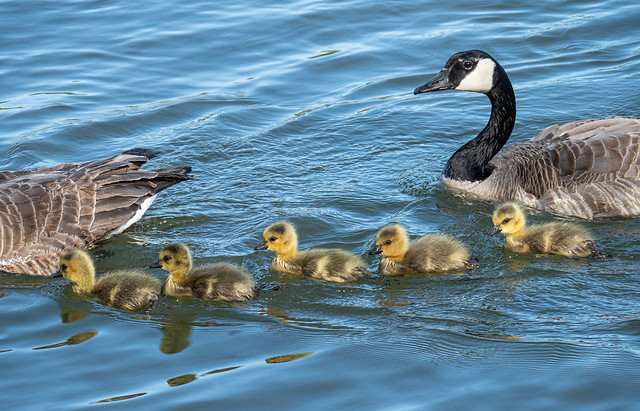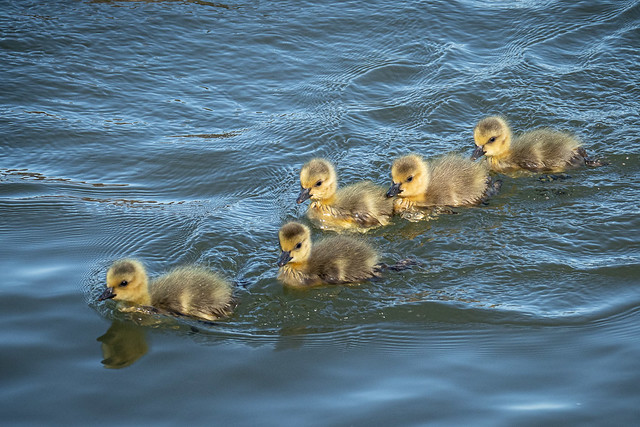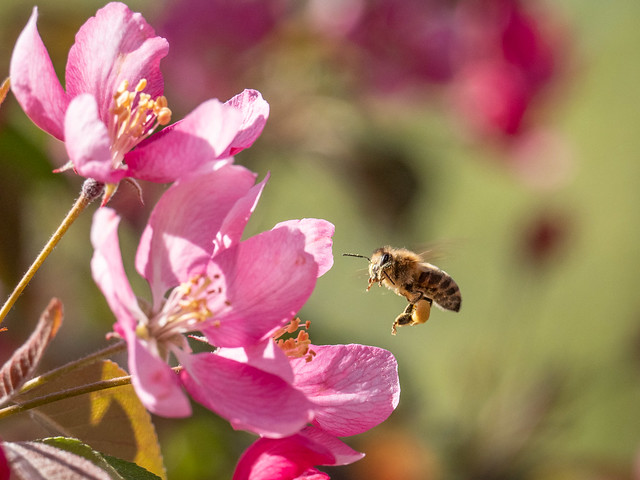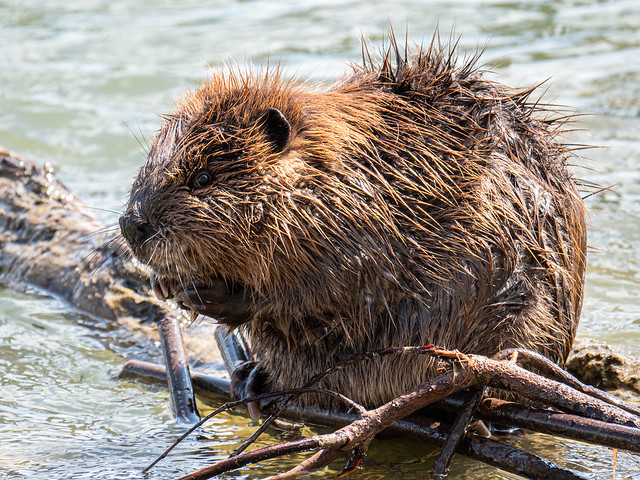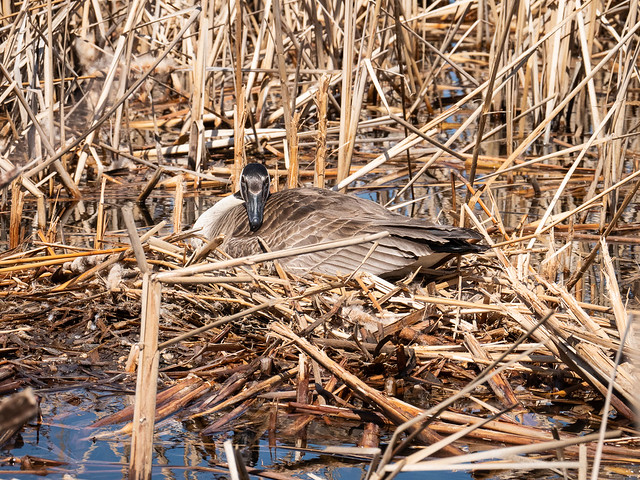I've been taking photos faster than I've been processing and sharing them. Here are some of the bird photos I've taken lately.
I was missing my morning walks to work, so a few mornings I headed out early to see what I could see. I was happy to see a number of Downy Woodpeckers - Canada's smallest woodpecker. They come to our bird feeder occasionally (for the peanuts) but I prefer photographing them in a more natural setting. Several of them were busy excavating nest holes. When they are deliberately hammering to attract mates they can be very noisy, but when they're actually digging a nest hole they make very little noise.

It must be a lot of work to dig a hole big enough for a nest. This hole was at eye level - you'd think they'd put it higher out of reach.

Most of the gulls I've been seeing appear to be Ring-billed Gulls.

I don't usually see them diving for fish like this:

This photo could be sharper but I was glad to get this shot so I could identify it. This was a new one for me - a Blue-winged Teal (not that you can see the blue wings in this photo)

Also not a great shot, but it was interesting to see the Red-breasted Nuthatch feeding its mate. He knows how to win her heart :-)

This looked and sounded a bit like a Meadowlark at first, but I think it's a Song Sparrow, singing vigorously. (I think the bush is Red Osier Dogwood)

Occasionally the Canada Geese will nest under the bridges. It's a safe spot, but it must be frightening when it's time for the goslings to leave the nest.

I had to go pick up a package at the office, which was a good excuse to spend some time around the pond at Innovation Place. No fishing spiders yet, but there were a pair of Mallards hanging out.
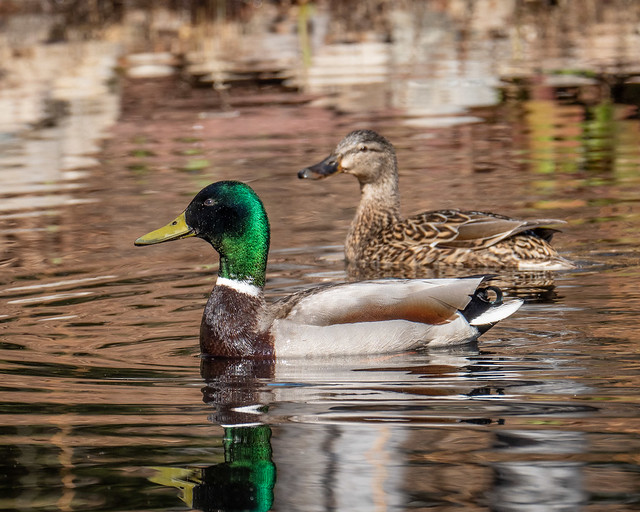
I noticed a robin digging in the mud beside the pond. At first I assumed it was searching for food, but instead it collected a big beak-full of mud and flew away with it, presumably for building a nest. I thought it might come back for another load so I got my camera ready and waited. Sure enough, it was back for more and I managed to catch a shot.
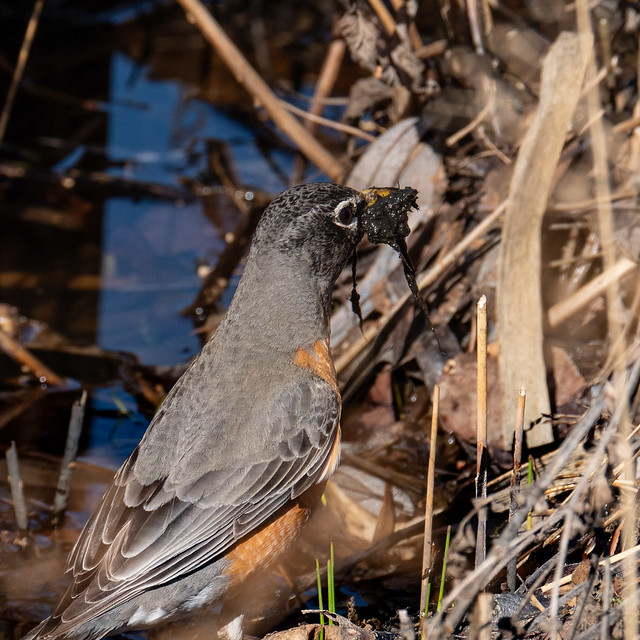
There are lots of robins around and occasionally they'll cooperate to have their picture taken.

Another common one, this House Sparrow was hiding out in the grape vines, looking a little wind blown.

I don't see Dark-eyed Junco's as often. They don't visit our bird feeder much for some reason. They always look cute with their pink beaks.
 See all 31 photos in this album
See all 31 photos in this album



